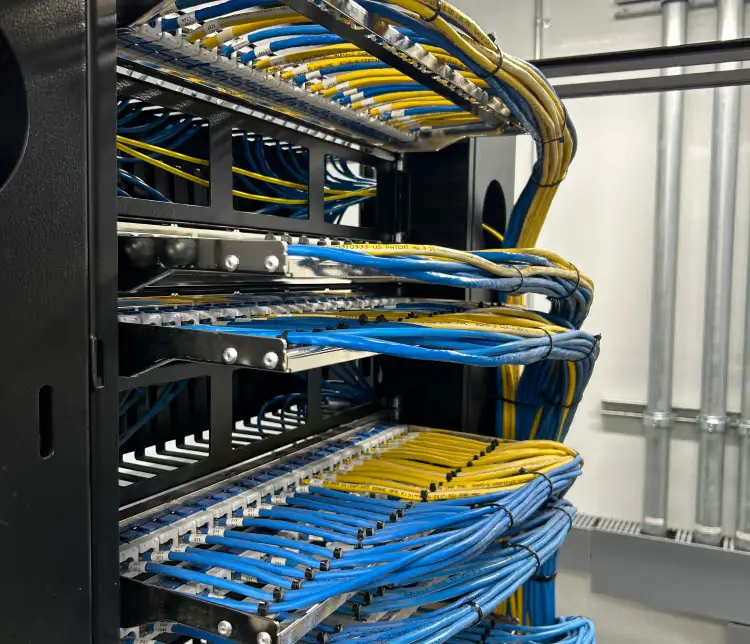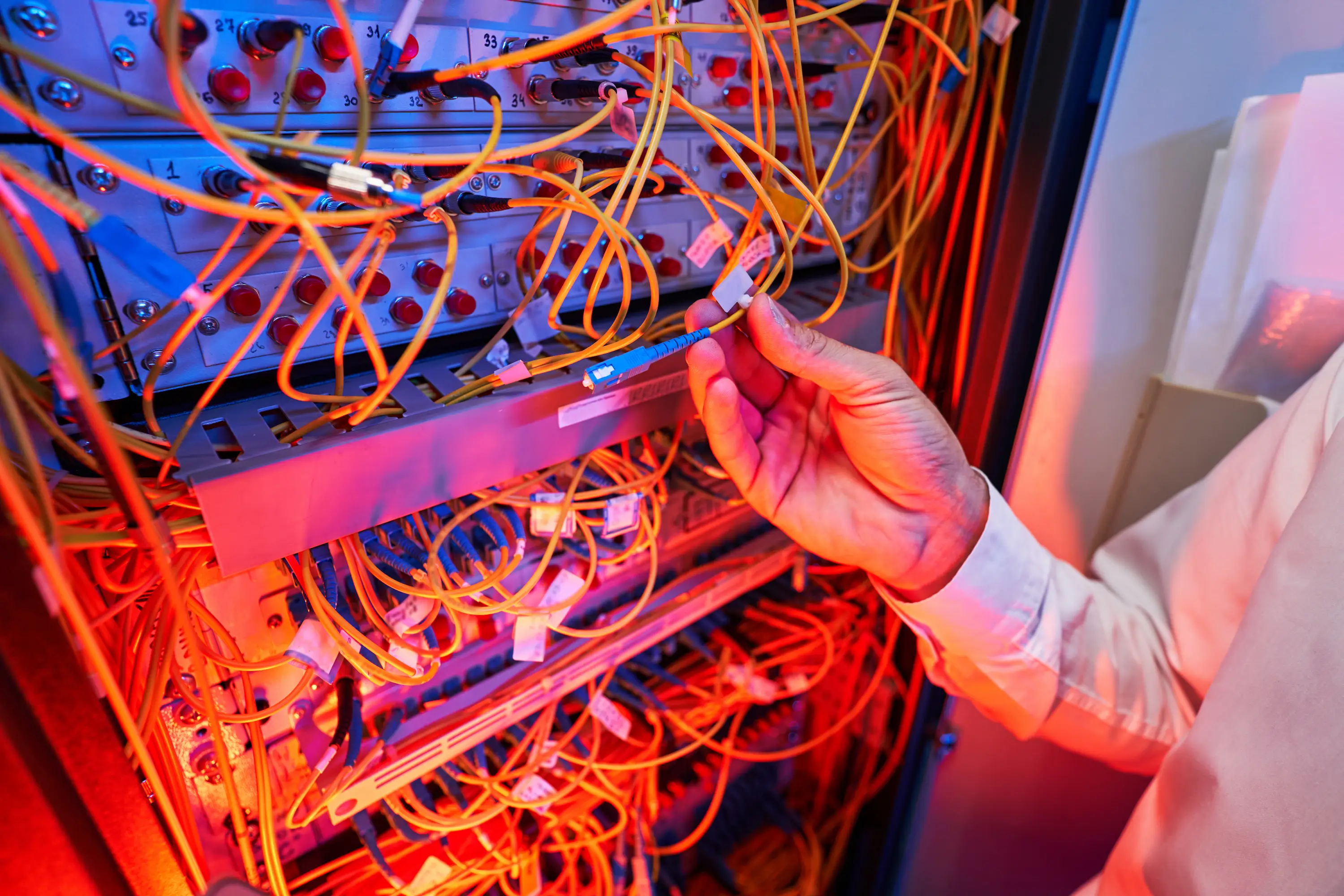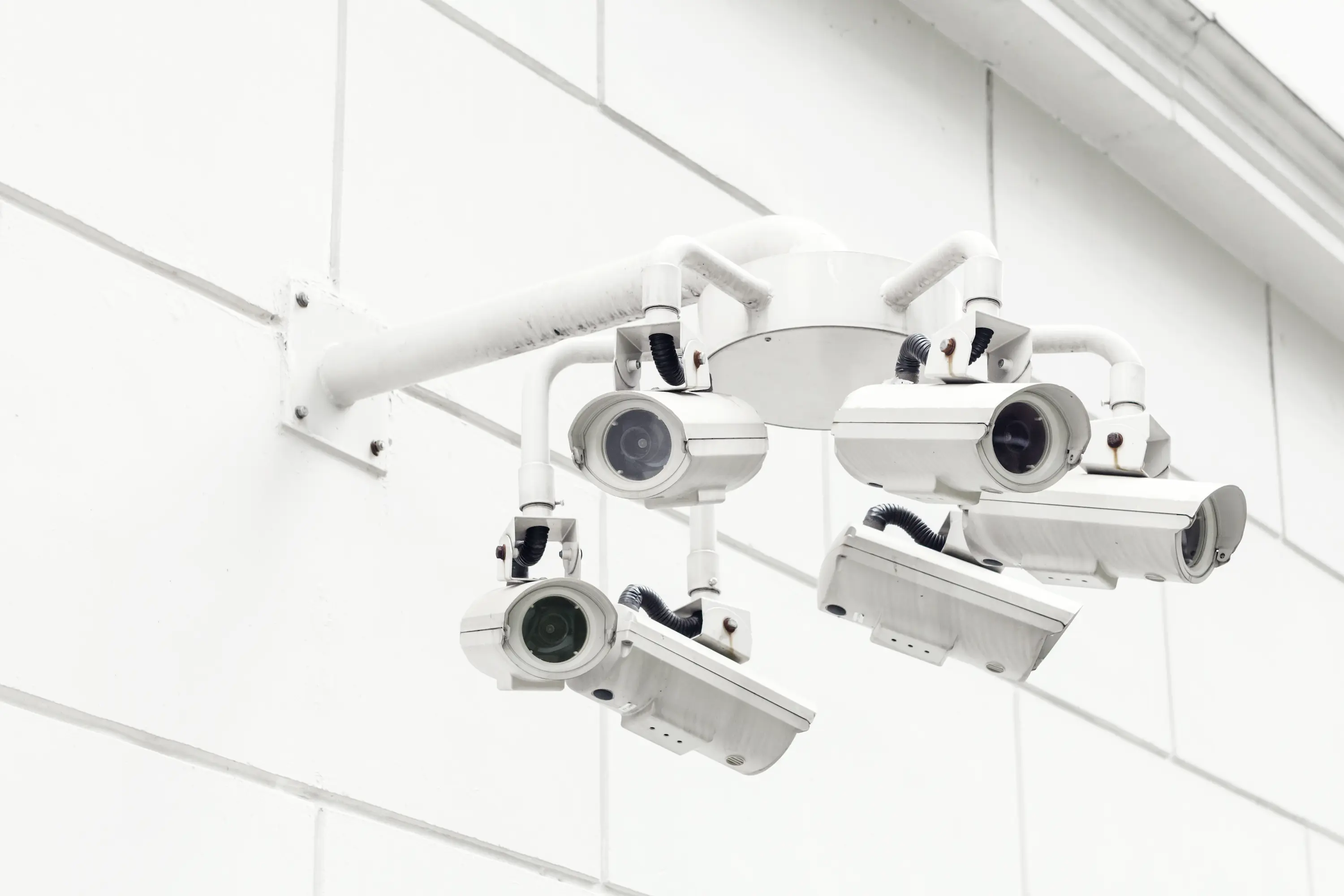Frequently Asked Questions about Fiber Optic Cable Installation

Fiber optic cables are becoming the backbone of internet and communication infrastructures. Whether you're upgrading your home internet or future-proofing a business network in Ontario, understanding the basics of this installation is essential.
What is Fiber Optic Cable?
Fiber optic cable is made of glass or plastic fibers that transmit data at lightning speeds using light signals. Unlike traditional copper wiring, fiber optics can handle higher bandwidth and cover longer distances with minimal signal loss.
Fact: Fiber optic cable is thin like human hair but has the ability to send information 65,000 times faster compared to copper cable.
Why is Fiber Optic Installation Essential for Modern Infrastructure?

Since the year 2000, fiber optic cables have accounted for over 80% of the world’s long-distance communication infrastructure. And due to demand for faster, more reliable internet and communication systems, copper wiring keeps on getting replaced by fiber optics.
Fiber optic installation ensures that homes, businesses, and institutions can support streaming, cloud computing, VoIP services, and more without delays or interruptions.
For businesses in Ontario, especially in urban hubs like Toronto or Ottawa, this translates to higher productivity and seamless connectivity.
Read Also: How Data Cabling Impacts Business Efficiency and Productivity?
What Are the Benefits of Fiber Optic Cables Over Traditional Copper Wiring?
- Faster Speeds: Fiber optics transmit data via light, achieving speeds up to 100 times faster than copper.
- Higher Bandwidth: Supports multiple users and high-volume data transfers with ease.
- Better Signal Integrity: Less prone to electromagnetic interference.
- Longer Transmission Distance: Fiber can transmit signals over kilometers without degradation.
- Increased Durability: More resistant to temperature and weather conditions—ideal for Ontario’s climate.
Who Should Consider Fiber Optic Installation in Ontario?
Residential Users
Homeowners who stream content, use smart home devices, or work remotely benefit from faster and more stable internet.
Commercial Buildings
Offices, retail outlets, and medical facilities in Ontario can drastically improve internal communications and customer services with fiber optics.
Industrial Facilities
Warehouses and manufacturing units rely on stable data transmission for automation, security systems, and monitoring.
How Do Fiber Optic Cables Work?
Fiber optics use thin strands of glass to transmit data as light pulses. When the light travels through the fiber’s core, it bounces along the walls through total internal reflection, enabling data to travel with minimal loss.
What Equipment is Used in Fiber Optic Installation?
- Fiber optic cables (single-mode or multi-mode)
- Splicing tools and fusion splicers
- Optical time-domain reflectometers (OTDRs)
- Distribution frames and enclosures
- Patch cords and connectors
Professionals like WireQ Electrical Contractors are equipped with the latest tools to ensure a precise and clean installation every time.
What are the Different Types of Fiber Optic Cables?
- Single-mode: Ideal for long-distance data transmission, often used in telecom and ISPs.
- Multi-mode: Best for short-range connections like within buildings.
Single-Mode vs Multi-Mode
Armored vs Non-armored
- Armored: Offers extra protection, suitable for harsh environments or underground installation.
- Non-armored: Used for simpler indoor setups.
Underground vs Aerial vs Indoor Fiber Install—Pros & Cons
How is Fiber Optic Cable Installed?
1. Underground Installation
Using trenching or directional drilling, cables are laid underground—great for durability and protection.
2. Aerial Installation
Mounted on utility poles—faster and often more cost-effective, though less protected.
3. Indoor Installations
Includes running fiber through walls, ceilings, or under floors to connect devices or networks within a structure.
What is Attenuation?
Attenuation refers to the loss of signal strength as light travels through a fiber optic cable. It’s one of the most critical factors affecting the performance of any fiber optic network.
In simpler terms, as the data (in the form of light) moves through the fiber, some of its power fades away due to natural resistance and imperfections in the cable. This weakening can lead to slower speeds, reduced signal quality, or even complete signal loss over long distances.
What Should I Know Before a Fiber Optic Installation Project Begins?
- Site Survey: A preliminary check to plan the cable route and determine feasibility.
- Permits & Compliance: Local regulations may require permissions, especially for outdoor work.
Note:WireQ handles all necessary planning and documentation for clients in Ontario to keep things hassle-free.
What Maintenance is Required After Installation?
- Periodic signal testing
- Cleaning of connectors
- Physical inspection of exposed cables
- Timely upgrades or re-splicing if needed
How to Choose the Right Electrical Contractor for Fiber Optic Installation?
Look for:
- Certifications and licenses
- Positive reviews and case studies
- Experience with both residential and commercial systems
- Willingness to customize solutions
Contact WireQ for a Custom Fiber Optic Installation Quote
As leading data cabling contractors, we specialize in precision fiber optic installations across Ontario. Our team is licensed, trained, and equipped with cutting-edge tools. From design to deployment, we ensure high-performance results with minimal disruption.
Need faster internet or better network infrastructure? WireQ is just a click away. Contact us today for a free consultation and personalized quote for your fiber optic cable installation in Ontario.
FAQs About Fiber Optic Cable Installation
1. Can I upgrade my existing wiring to fiber optic?
Yes. An assessment is needed to plan the transition smoothly.
2. How long do fiber optic cables last?
With proper installation and care, they can last 25+ years.
3. Are fiber optics suitable for outdoor installations in Ontario?
Absolutely. They can withstand Ontario’s varying climate conditions.
4. What’s better—copper or fiber optic cables?
Fiber optics outperform copper in speed, bandwidth, and longevity.
5. Can WireQ handle both Industrial, commercial and agricultural projects?
Yes! WireQ is experienced in fiber optic installations across Ontario. Call us at or fill the contact form to discuss your project.
Future-Proof Your Connectivity with Fiber Optics
Whether you're building a smart home or upgrading your business systems, fiber optic cable installation is your gateway to faster, more reliable connectivity. Trust WireQ, your local Ontario electrical contractor, to deliver top-notch, future-ready installations.





